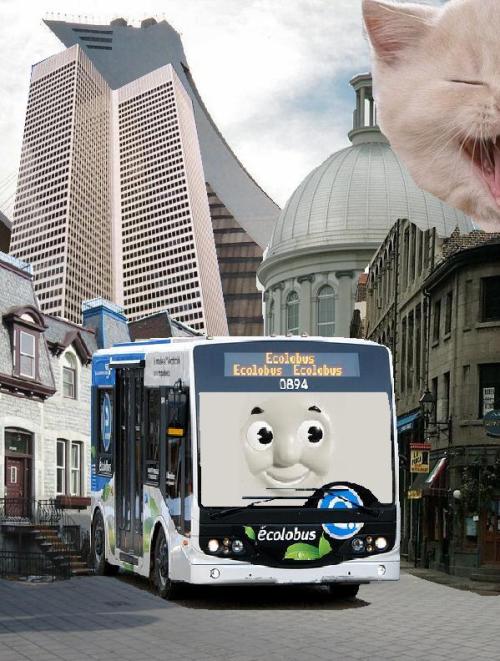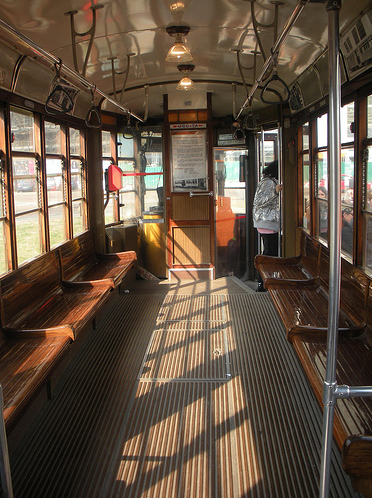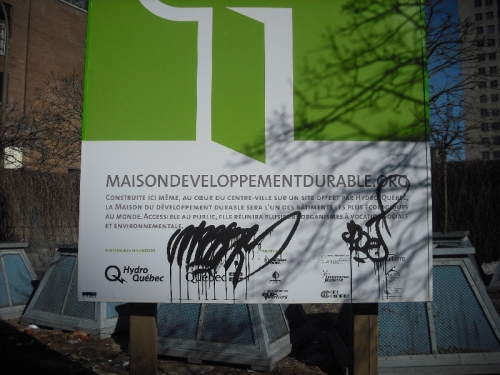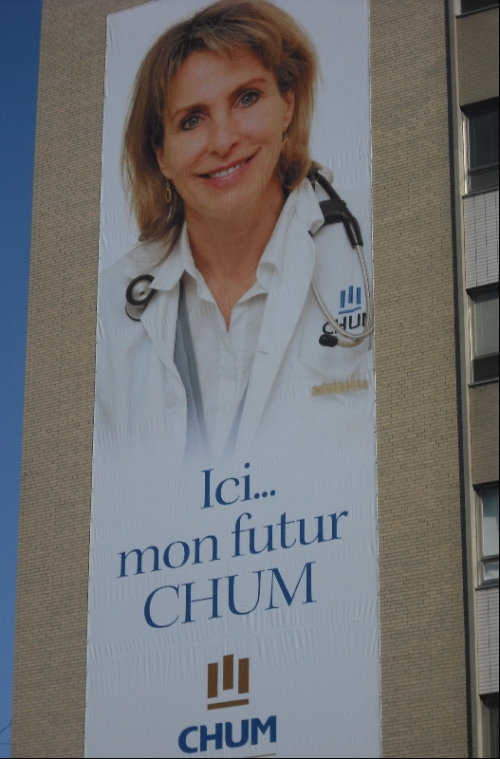I love riding the 515 bus (pdf). I won’t lie. Despite a long, unnecessarily stretch along René-Lévesque, seasonal schedule changes, and dual direction designations that don’t make the least bit of sense to anyone, I think this underdog route has a charm all its own. Who doesn’t love playing the tourist once in a while?
Almost no one, judging from the bus’s anemic ridership.
Fagstein has a pretty thorough rundown of the 515’s shortcomings, and recently wrote about its current tribulations. Spacing Montreal called the route a failure. Even Benoît Labonté is ganging up on the bus, calling for the removal of the reserved bus lane on De la Commune.
I say enough! Leave the tourist bus alone! Like the young boy that brings his cool new Pokemon lunch-tote to school, only to have the bullies call it “totally for girls”, I get a bit misty-eyed to know that my likable loser of a bus route is the target of such derision.
Instead of being resigned to crying in the nurse’s office–like last time– it is now possible to salvage both my dignity and the route.

Oh snap! ÉCOLOBUUUUUS!
The Réseau de transport de la Capitale introduced the Écolobus in 2008. The Écolobus–a small electric minibus–runs a short route through the roads of Vieux-Quebec, hitting the requisite tourist destinations along the way. There’s no confusing schedules to consult–it runs at steady 20 minute intervals from from 5:30 AM until 1:00 AM. There’s no issue of confusing bus stop signs–you simply flag down the bus as you would a taxi. Maybe. I don’t recall seeing any bus stops anyway, and the drivers were kind enough to stop whenever I waved ran towards them, wildly flailing my arms, screaming, “ÉCOLOBUUUS!”
Continue reading →










